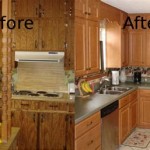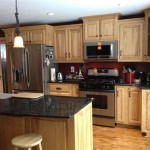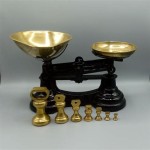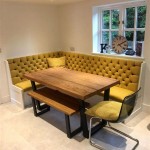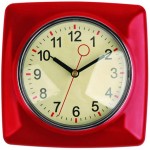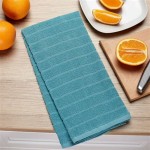Essential Aspects of Diy Small Kitchen Table Plans
Embarking on a DIY small kitchen table project can be a rewarding experience, but careful planning is crucial for success. Here are some essential aspects to consider when designing and building your table:
Materials:
The type of materials you choose will significantly impact the durability, aesthetics, and cost of your table. Consider factors such as:
- Wood Species: Popular options include pine, oak, maple, and walnut. Each wood type has unique characteristics in terms of hardness, grain pattern, and color.
- Metal: Metal legs or frames can add a modern or industrial touch to your table. Steel, iron, and aluminum are commonly used.
- Other Materials: Glass, tiles, or laminates can be incorporated into the tabletop for a more eclectic or decorative look.
Dimensions:
Determine the desired size of your table based on the available space in your kitchen and the number of people you typically seat. Consider the following:
- Tabletop Shape and Size: Rectangular, square, or round tables come in various sizes to accommodate different seating capacities.
- Height: Standard kitchen tables are around 28-30 inches tall, but you may adjust it to suit your preferences.
- Overhang: Allow for an overhang of 12-18 inches on each side of the table for comfortable seating.
Style and Design:
The style of your table should complement the decor of your kitchen. Consider factors such as:
- Traditional vs. Modern: Choose between classic designs with ornate details or more contemporary styles with clean lines and minimal ornamentation.
- Leg Design: Straight, tapered, or curved legs can create different visual effects and add character to your table.
- Finish: Choose a finish that protects the wood while enhancing its natural beauty. Stains, paints, or clear finishes are available in a wide range of colors.
Strength and Stability:
Ensure your table is sturdy and stable to withstand daily use. Consider:
- Joinery: Strong joinery methods, such as mortise and tenon joints, will ensure a solid connection between the table legs and tabletop.
- Bracing: Under-table bracing with crossbeams or aprons can increase the stability and prevent the table from wobbling.
- Leg Placement: Position the legs evenly and securely to distribute weight and avoid uneven pressure.
Functionality:
Consider any additional features that could enhance the functionality of your table, such as:
- Drawers or Shelves: Built-in drawers or shelves provide extra storage space for utensils, napkins, or other items.
- Leaf Extension: A table with a leaf extension allows you to accommodate more guests when needed.
- Adjustable Height: Some tables feature adjustable legs, allowing you to customize the height for different activities.
Conclusion:
Designing and building a DIY small kitchen table requires careful planning and consideration of essential aspects, including materials, dimensions, style, strength, and functionality. By following these guidelines, you can create a beautiful, durable, and functional table that perfectly complements your kitchen decor and meets your specific requirements.

Diy Small Farmhouse Table Plans And Tutorial

13 Awesome Diy Dining Tables For Small Spaces Ohmeohmy Blog

20 Gorgeous Diy Dining Table Ideas And Plans The House Of Wood

Diy Small Farmhouse Table Plans And Tutorial

Diy Farmhouse Table Free Plans Rogue Engineer

Diy Small Farmhouse Table Plans And Tutorial

Diy Farmhouse Table Free Plans Rogue Engineer
Wood Pallet Table Diy A Beautiful Mess

Diy Farmhouse Bench Love Grows Wild
14 Free Dining Room Table Plans For Your Home
Related Posts

